
Position:Home > News > Application
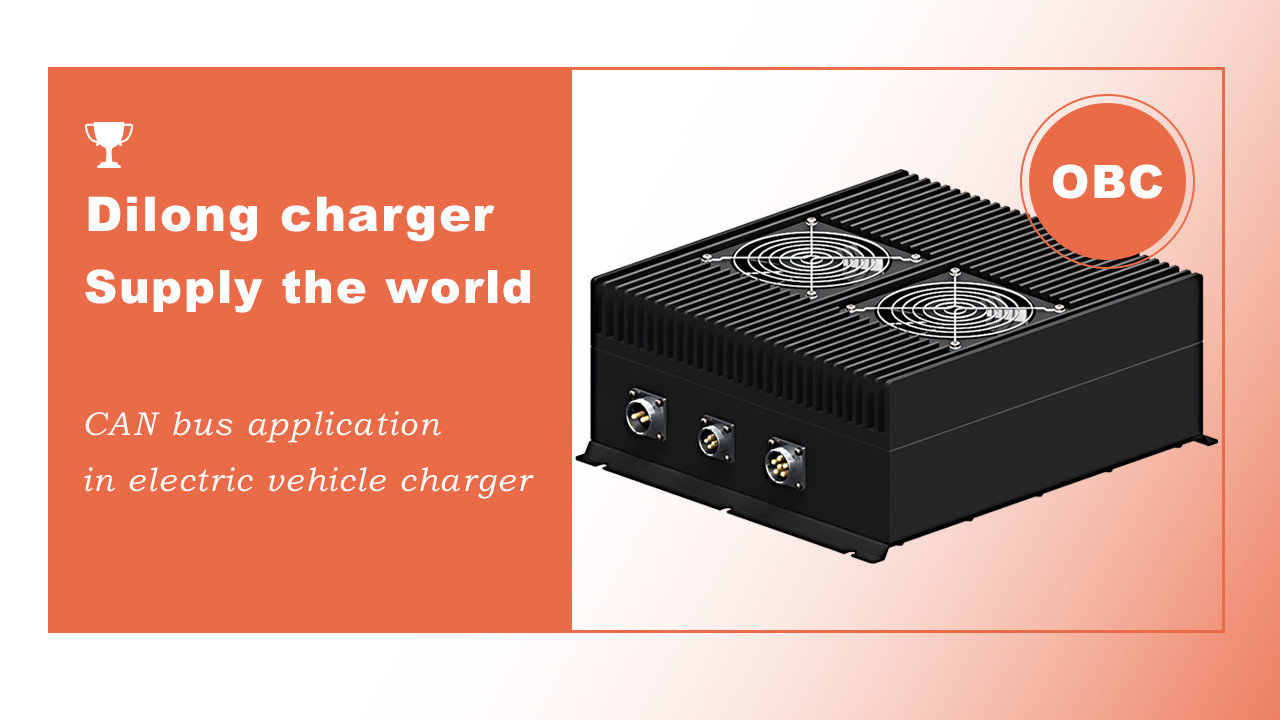
CAN, short for Controller Area Network (CAN), is one of the most widely used fieldbuses in the world.
CAN bus has the advantages of high communication reliability, low cost, simple and practical, and has high network security. At present, CAN has become the mainstream bus of electric vehicle electronic system as an international standard.
For example, CAN communication is adopted between the on-board charger (OBC) of Dilong New Energy and the battery management system (BMS) of electric vehicles.
This paper focuses on the application of CAN bus in electric vehicle OBC, and the communication flow between OBC and BMS in the working process.
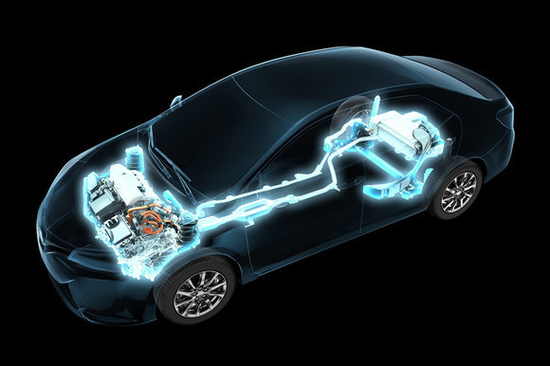
The on-board charger needs to communicate with the battery management system, vehicle monitoring system and internal power module during its operation.
1. BMS exchanges data with OBC through CAN bus to provide parameter information for charging work.
Before starting charging, BMS first establishes contact with the on-board charger. Information such as the type of power battery, capacity and maximum allowable voltage/current for charging is then sent to the charger via the CAN bus.
During the charging process, BMS sends the battery charging parameters (voltage, current, SOC, etc.) to the charger at regular intervals, which provides a reference for the charger to change the charging strategy and adjust the charging parameters.
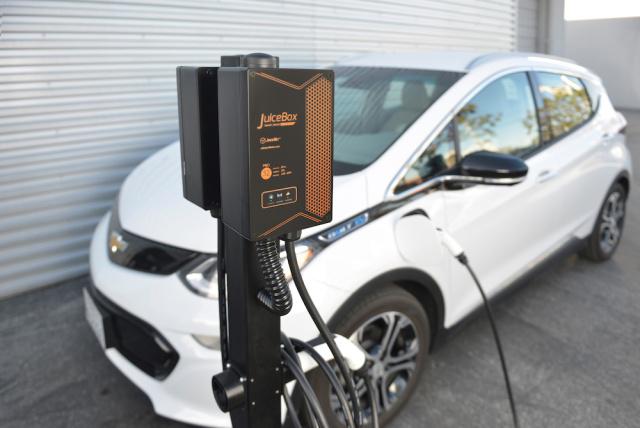
At the end of the charging, BMS sends the information of the completion of charging to the charger through the CAN bus, and cuts off the communication with the charger to complete the charging.
2. The vehicle monitoring system collects the real-time data of OBC through CAN bus to monitor and master its working state.
The vehicle monitoring system transmits the data of starting, stopping, emergency stopping, parameter setting and time synchronization of the charger to the charger.
The charger transmits charging voltage/current/temperature data, cumulative input power, fault code and charging time data to the vehicle monitoring system.
The vehicle monitoring system reads the identification/type/parameter, voltage data, temperature data, SOC data and real-time status of the battery through the charger.
3. The CAN communication between OBC and internal power module is to realize the parallel current sharing function of software.
During the working process, the internal power module needs to transmit the voltage and current parameters and working status information during the charging process.
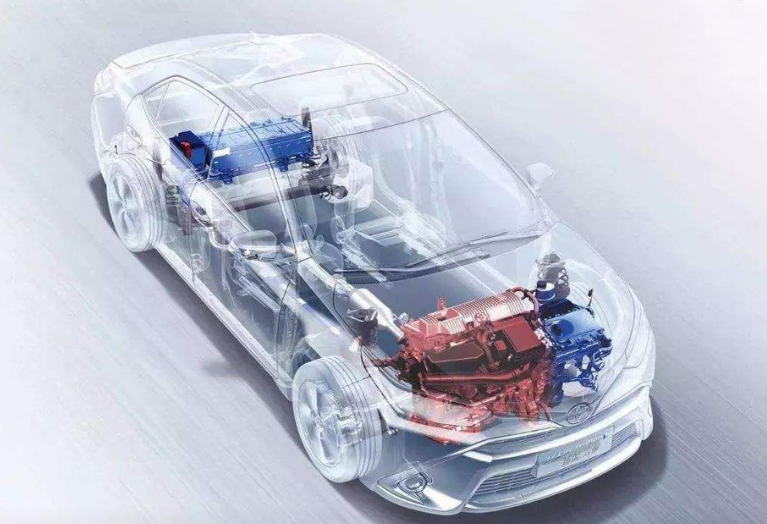
The workflow mainly includes the following parts.
Before charging starts, the power module initializes, checks the working state, determines whether it can work normally, and sends the information to the main controller of the charger.
After obtaining the battery information and determining the charging strategy, the master controller selects the appropriate voltage and current and sends the charging parameters to the power module.
After the master controller confirms that the required power module can work, it sends the command to start charging and collects charging parameters.
According to the collected data, the master controller changes the charging strategy, adjusts the charging parameters, and monitors the working status of the power module in real time.
When the power module sends an alarm, the master controller makes a judgment to stop charging after synthesizing the charging status information, and then stops charging and restores the standby state.
4. With the continuous promotion of CAN bus, its use in vehicle charging machine will become more and more widespread.
For example, the on-board charger produced by Dilong New Energy uses CAN2.0B for high-speed communication.
The high speed intelligent communication with BMS is realized, and the battery connection status can be judged intelligently.
It can obtain battery system parameters, as well as real-time data of the whole group and individual batteries before and during charging.
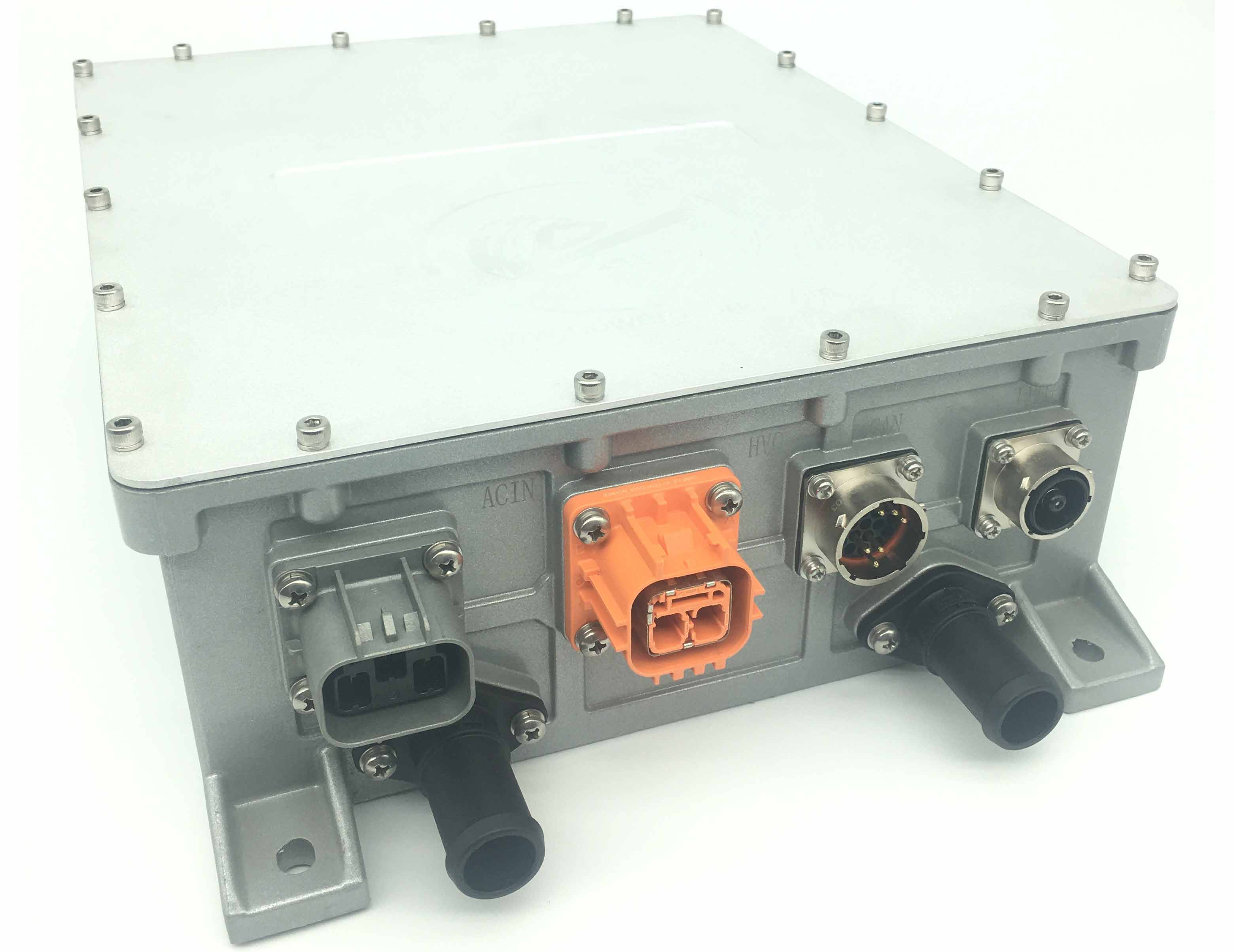
At the same time, it has the function of communicating with the vehicle monitoring system, intelligently uploading the working status, working parameters and fault alarm information of the vehicle charger, and accepting the control command of starting and stopping the charging.
In addition to intelligent communication, it also has complete safety protection functions, such as over voltage, under voltage, over current, short circuit, over temperature protection and so on.
In the charging process, the temperature and charging current and voltage of the battery can be guaranteed not to exceed the allowable value.
It automatically adjusts the charging current dynamically and intelligently according to the battery information of the BMS, and automatically determines whether the charging connector is correctly connected.

Dilong New Energy focuses on the research, development, production and sales of electric vehicle charging systems and equipment.
The main products include vehicle charger (OBC), DCDC converter and vehicle integrated machine, etc.
The company took the lead in passing the IATF16949 auto quality management system certification, and has a professional standard automation factory.
We can provide high efficiency, high power density, intelligent and highly reliable on-board power products for global customers.
In addition, in the 20 years of development, the company has accumulated rich experience in R&D and production, and owns independent intellectual property rights of the core technology of vehicle power supply.
At present, the company's products have been supporting many mainstream models at home and abroad, is the world's famous automotive power supplier.
In 2016, Dillon New Energy completed the construction and put into production of the new factory, covering an area of more than 150 mu, with automated and informationized production processes.
We can provide global customers with comprehensive, high-volume, customized and professional manufacturing services, product quality is reliable.